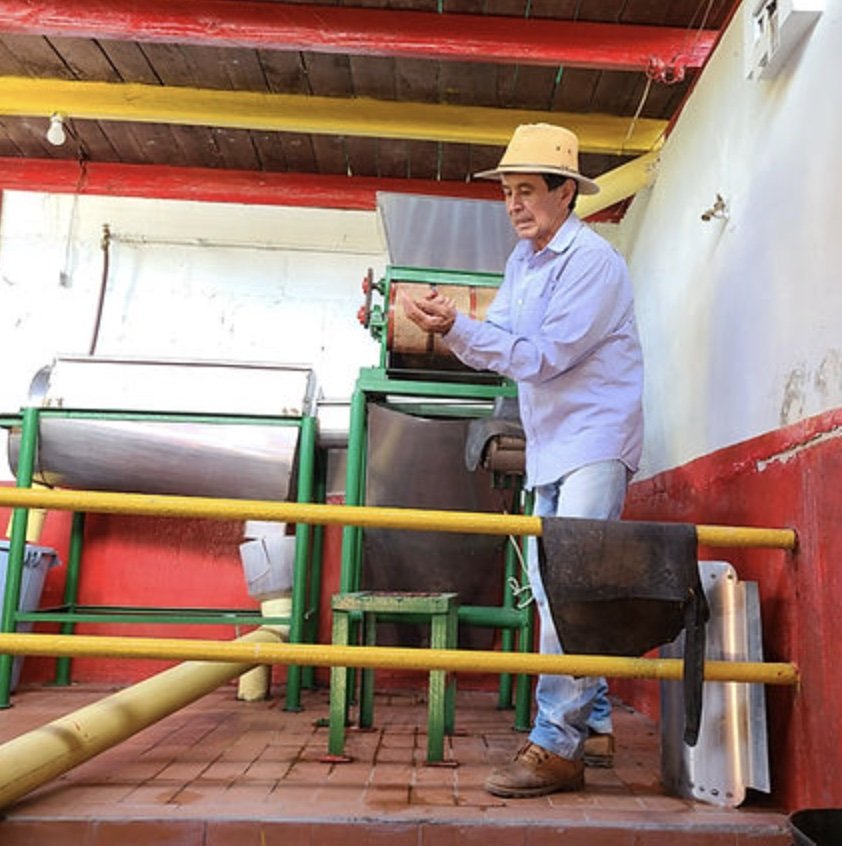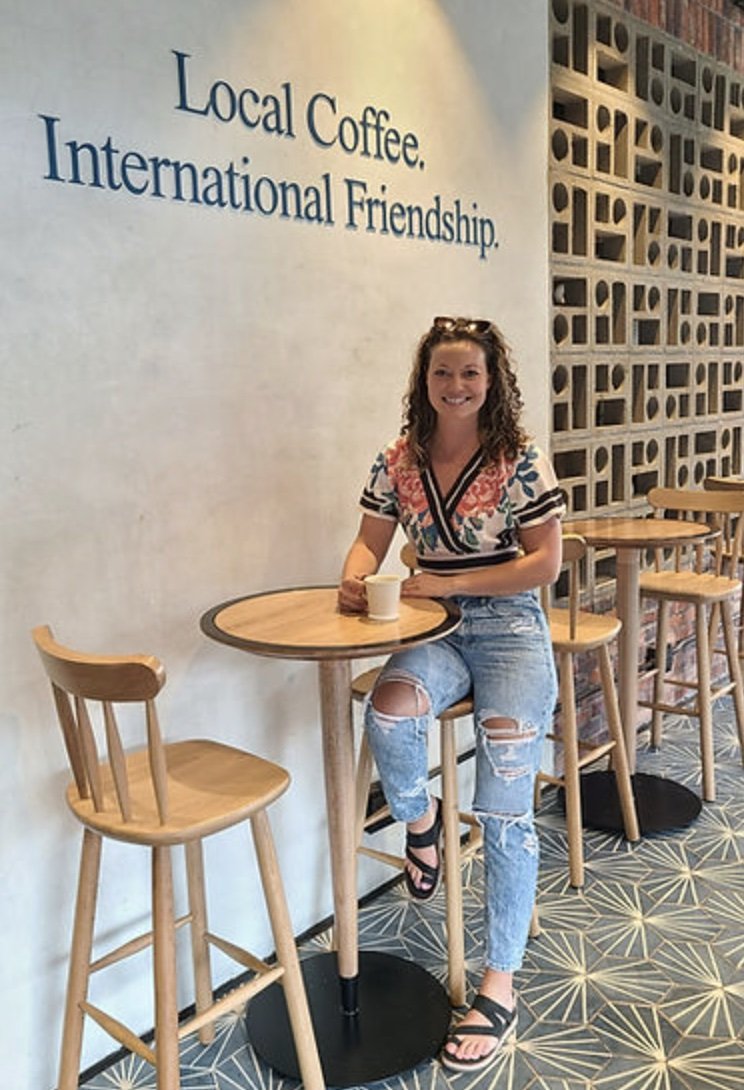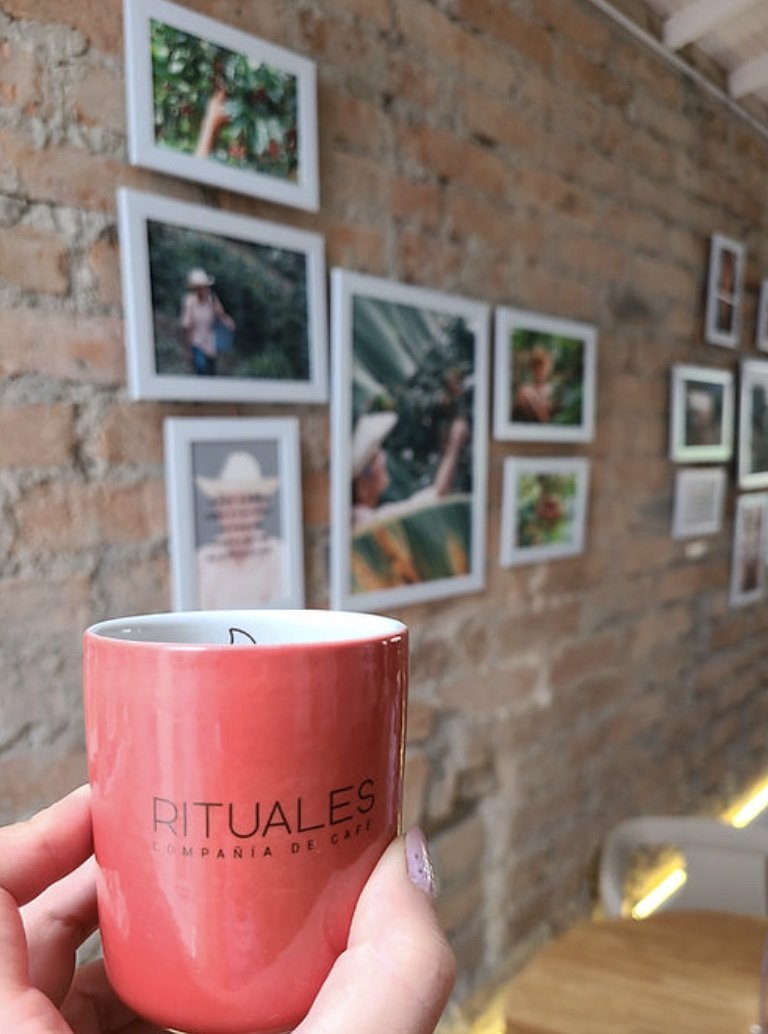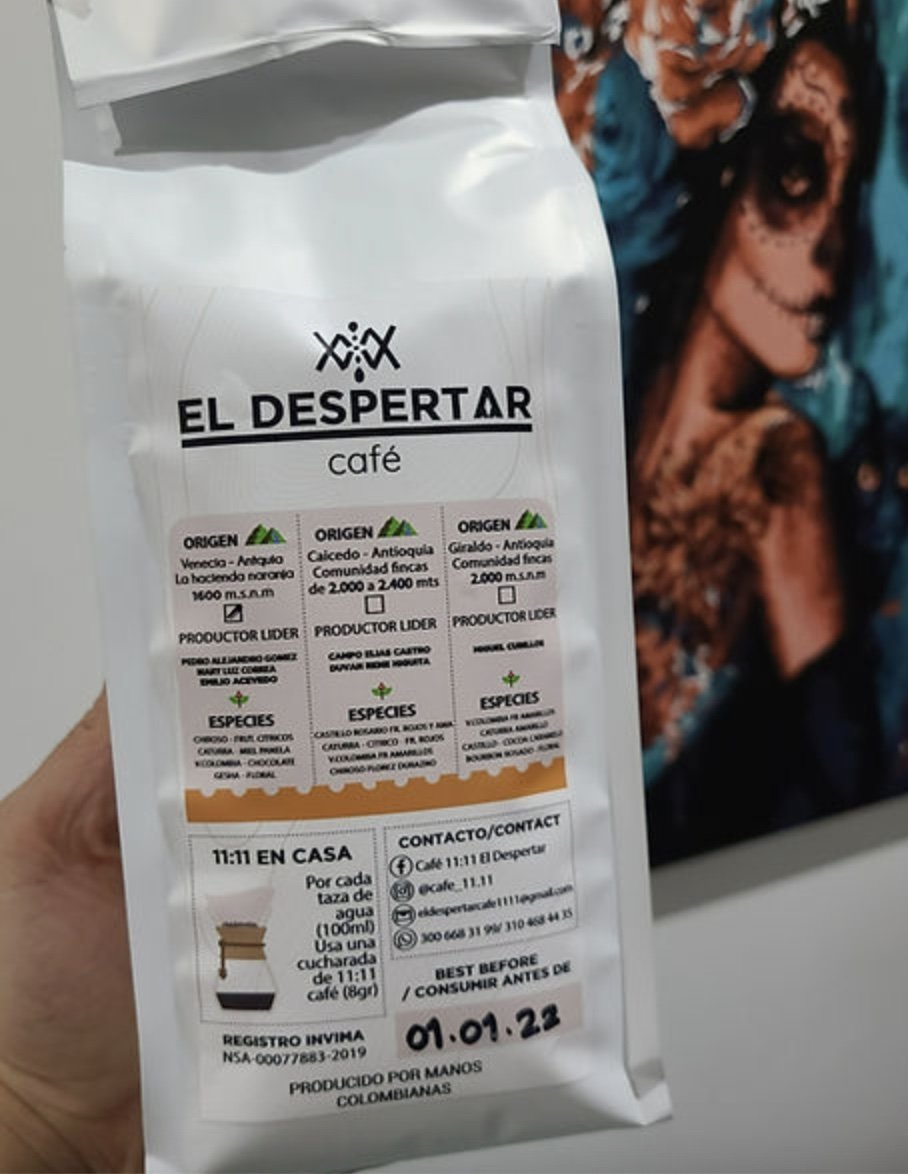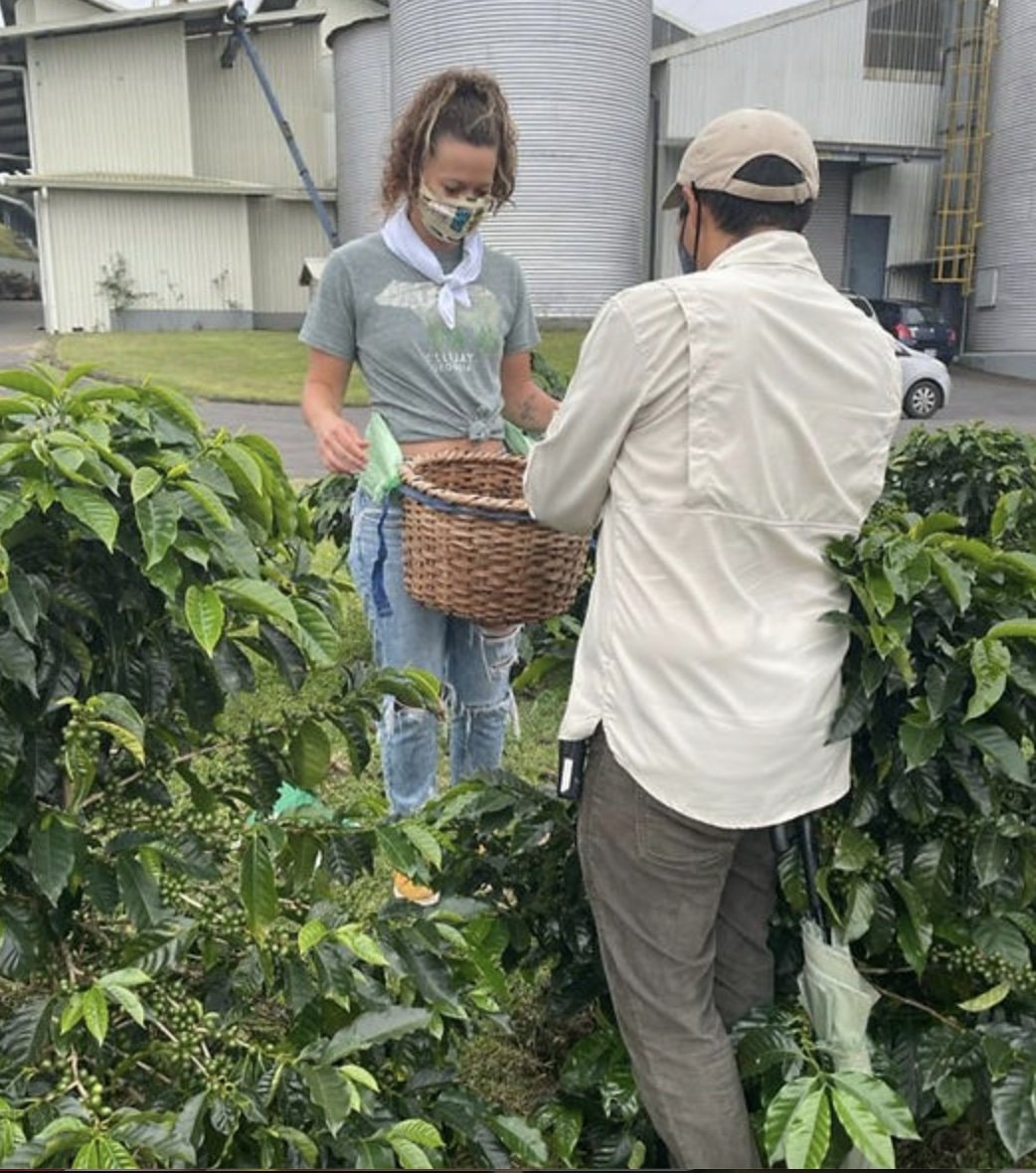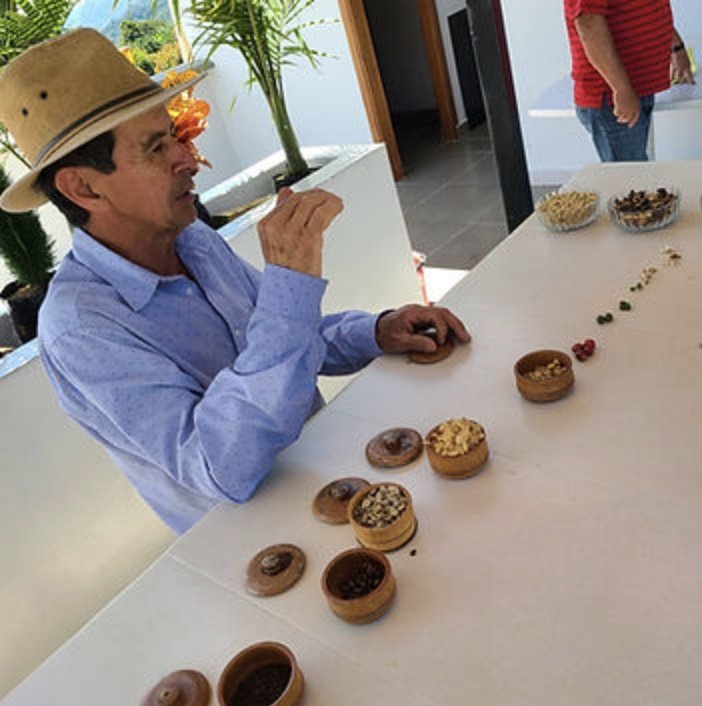COFFEE PEOPLE
Organic, single origin, fair trade. These are terms that I thought indicated the purist and most sustainable coffee – that I was being a responsible consumer and we needed more people to understand the value of these practices. Over the last two months, I have learned it’s more complicated than that.
As a young Community Organizer, I spent my time understanding perspectives from communities experiencing the most injustice, identifying shared values, and co-leading change to align with those values and bring about the world as we imagined it should be. As my understanding of complex systems has grown, I believe one of the missing pieces from those years was imagining that world alongside other stakeholders (while still amplifying the voices of those usually excluded from decision-making).
Taking the coffee industry as an example, making change can impact the following stakeholders:
The natural ecosystem (land, water, plants, animals, etc),
Coffee farmers,
Coffee harvesters,
Cooperatives and/or technical assistance providers,
Importers/exporters,
Roasters,
Coffee shop owners,
Baristas,
Consumers
And others who are touched by the economy surrounding this industry.
How could you pick any one stakeholder group and say that their perspective is more true or more important than another? All of these stakeholders are people with families living in our communities. And many are family farmers, immigrant harvesters, small business exporters, local roasters, and consumers who prefer their tintico over specialty coffee. In the last two months, as I’ve taken my love for Philly coffee culture and explored the coffee culture of Colombia and Costa Rica, I’ve learned that being a responsible consumer isn’t as simple as organic, single origin, fair trade coffee.
At Finca Los Angeles outside of Jardín, Don Andrés showed us how his rudimentary machines used water to separate high quality coffee cherries from two other quality tiers. While I might prefer to drink the first tier which becomes specialty coffee (and tastes more like tea to Colombians), many locals prefer their coffee roasted dark and brewed strong. This is good news for Don Andrés because there is a market to sell all of his harvest (the last tier gets sold to other industries, like beauty or sports, who use caffeine in their products). This is especially important because he only owns two hectors of land, planted into 5 sections so that only 4,000 trees will be harvested in a given year. Every precious cherry counts.
Then, you could also understand that sourcing a single origin coffee from his farm alone, at a quantity sufficient enough for a coffee shop, would be challenging. That’s why cooperatives exist. They can combine the harvest of multiple small farms in the same altitude and region to create the supply necessary to meet the single origin demand. Cooperatives also establish relationships and pricing standards with purchasers who may not have the capacity to source with hundreds of small farmers. I also discovered companies like Café 11:11 who prided themselves on having relationships with over 500 small coffee farms in Colombia. While they are the brand under which these farmers roast and sell their beans, on the back of each bag you can see the names and locations of the farm from which it was sourced.
Another factor in the single origin story is that there is a score that coffees receive to be considered specialty coffee and, the higher the score, the higher the price and likelihood to be marketed as single origin. This is one way that farmers can earn higher wages, but it's not sustainable. Given the many variables that contribute to a coffee harvest (sun, rain, soil, pests and plagues) which is the result of several years of cultivation, it can be risky to depend on meeting this standard every year. One way to ensure economic stability for farmers when they can’t depend on this high score, is for them to sell their (still specialty quality) small lots to roasters who combine multiple lots to create blends. So, while single origin can mean a more complex flavor profile as determined by the Specialty Coffee Association, it doesn’t necessarily mean it came from a different or lower standard farm than the blend coffee. You can support local farmers in earning sustainable wages from those blends too!
Before arriving in Costa Rica, I had read about Starbucks’ initiatives to support the farmers in its supply chain and that the first (and only) farm they owned was just outside of San José. I decided to check it out for myself. At Hacienda Alsacia, we heard how they changed how they pay coffee harvesters to be by volume instead of weight. Apparently, altitude impacted the size and, therefore, weight of a coffee cherry. The heavier cherries did not necessarily result in more beans and, since cherries are usually hand-picked, work was more fairly measured in how many cherries were picked. Next, our tour guide explained that the purpose of this Starbucks farm was entirely research and development. They understood the impact to farmers when a harvest’s volume was low or a crop was entirely wiped out by drought or plague. Therefore, the local agronomist spent his days grafting different plants together and carefully monitoring them to see which ones were more resistant to disease or produced more cherries per branch. Starbucks, then gifted these trees to local farmers and provided technical assistance to them including, but not limited to cutting down trees that prevented maximum sunlight from reaching the coffee plant.
As a Community Organizer at heart, I always hold a healthy dose of skepticism for well curated tours and the narratives of large corporations. Therefore, the following weekend I traveled through the mountains south of San José to the popular Tarrazú coffee region to visit the farm of Don Henry. I had been introduced to him through Café Corazon whose mission is to “to empower local farmers and communities so they have the option to choose natural and sustainable systems, which benefits the health of all life from farm to cup.”
After welcoming us into his home for breakfast with his family, we ventured out to his nearby coffee farm. He was proud to tell us about how he had recently purchased this land and his plans for its development. While Don Henry owned more land than most small farmers (we
did a lot of math and think it’s around 12 Hectors), he – much like Don Andrés – explained that coffee farming alone is not a very economically sustainable business. He has dreams of adding a tilapia farm and clearing some land near the river for camping in order to generate other streams of revenue.
Don Henry, like Don Andrés, highly valued the biodiversity of other plants and trees that grew on their land. The shared soil meant a variety of nutrients and complex flavors reached the coffee plants in ways that land cleared of them did not. We could taste it in the coffee that he served us at breakfast! So you can imagine his discontent with Starbucks coming to his neighbors’ farms to cut down trees in service of increasing sunlight and, therefore, production. Additionally, Don Henry explained how the root systems prevented erosion and reduced the runoff of farming chemicals into the nearby river.
While fair trade certifications helped raise awareness of the need to ensure a fair price for the farmer or artisan, a lack of this certification does not necessarily mean that the social, economic, and environmental standards are not being met – or even exceeded. However, another complexity that I confronted in this industry was how to achieve all of these things in a mutually beneficial way. Don Henry described to us the tension between his commitment to the environment and risks associated with going completely organic. When we asked about pesticides and organic farming methods, he showed us la roya and explained that the organic methods were not strong enough to prevent diseases like this one from completely wiping out his crop. While he wanted to protect the natural ecosystem, for the sake of his family’s livelihood, he couldn’t imagine farming without some pesticides. Yet, he also had skepticism for Starbucks’ lab developed trees that weren’t native to his region, saying that they lacked the rich flavor of his plants.
If consumers truly demand organic coffee for our health and that of the environment, what are we doing to ensure the economic stability of farmers who would risk entire crops by practicing these methods? Perhaps Starbucks and delosAndes Cooperativa are on the right track by identifying the trees that can resist disease without as much pesticide, but how can we ensure that the laboratory maintains the wisdom of local farmers who value the natural ecosystems which produce the specialty coffee flavors that we love? I’m sure there are plenty of people, with many more years in the industry than I, who are already working on this (including those mentioned above). I hope to meet more of them.
For now, I hope to simply open our eyes to the complexity of sustainable and responsible consumption. Protecting our environment, might mean risking the economic stability of families in the mountain towns of Costa Rica and Colombia. Ensuring the economic stability of families might mean less flavorful coffee. I’m of the belief that these are false dichotomies. In order to see beyond these dichotomies and build an inclusive world as it should be we must:
bring the perspectives of all stakeholders to the table,
be willing to expand our idea of what is “right,”
see and love the people behind each choice, and
innovate beyond any one group’s imagination.
This post was fueled by Santa Leña Panadería Artesanal in Medellín, Colombia and Honest Coffee Roasters in Nashville, USA.
